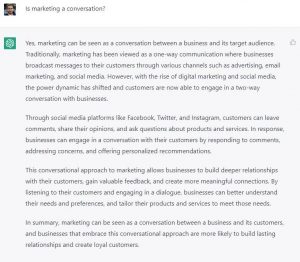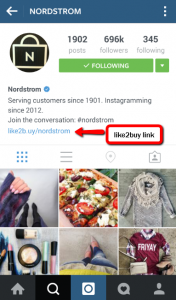A disaggregated marketing strategy can help you target different types of groups, potentially increasing sales. But columnist Andy Lombard believes that in order to fully take advantage of it, we need new collaborative technologies.

There was a time when an agency would do everything for its clients. We’re talking soup to nuts. The agency of record would handle all the programmatic work — starting with developing the strategy and then working through to tactics and execution, recovery, adjustments, data analysis and so on.
Now, we’re seeing brands choosing to move toward best practices, best uses, best tools and best platforms at each stage of the marketing journey. That is the very definition of “disaggregation,” which aims to increase brand power by segmenting markets into distinct groups. And marketing through collaborative software platforms is making it not only possible, but preferred.
Marketing is becoming more flexible, more adaptive to differences in consumer needs and more responsive to the changing needs of consumers, which has meant a natural evolution to an ever-more disaggregated landscape. Most approach disaggregation as a matter of technology, when it’s really about brands and their structures.
So the question remains: Are brands ready to function in this way?
The Advantages Of Disaggregation
The upside is clear: Disaggregation allows marketing to meaningfully target different types of groups and potentially increase sales. It also allows companies to home in on what they do best: replicating those successes
And on the other end of the spectrum, it allows them to laser-focus on correcting the areas where there may be challenges — all in the service of achieving the brand’s overall goal.
A major drawback of this brave new marketing world, however, can be a loss of overarching program management and consistent collaboration.
Therefore, the new tool sets, platforms and technologies have to enable overall program management through role-based cloud platforms and other capabilities. This should correct the “too many cooks in the kitchen” phenomena that we can find with disaggregation.
In fact, we look for pretty much the opposite: We aim for a very synchronized and thoughtful path through the entire marketing journey.
In order to meet the goal of synchronization and thoughtful execution, the new technologies must be collaborative to enable brands to achieve best practices in marketing. On top of that, efficient technologies must go above and beyond to allow for consistency of effort and results, so brands can achieve best practices time and time again.
In this day and age, one of the best ways to reach those goals consistently and effectively is to start from a cloud-based platform that allows for multiple roles to contribute to the same marketing initiatives, marketing campaigns and more. (Disclosure: my company, SocialWhirled, offers such a platform.)
The Goal Of Disaggregated Marketing
What is the purpose of a disaggregated marketing strategy? The bottom line is that it is meant to improve efficiencies and increase speed to market.
Disaggregation allows brands to do multiple things quickly, feeding into the concept of agile marketing — moving and reacting quickly and efficiently.
Agile marketing allows brands to execute hyperlocal and “instant idea” marketing, taking a concept from ideation to implementation within days or hours instead of months and quarters. When done right, disaggregation can help identify your target and allow all of those various platforms to get ideas out quickly.
One example of a campaign that used disaggregated marketing with success drove a 172 percent increase in bookings in a very short time for one of our clients, Red Mountain Resort. For the effort, we integrated dashboard analytics into a simple customer survey campaign. The client was able to access real-time data and adjust on the fly when something wasn’t performing — or, perhaps more importantly, to know when something was performing to be able to tweak toward the high-performing tactics.
It has been an exciting few years, as marketing capabilities have grown and morphed thanks to some innovative technologies.
The concept of disaggregated marketing naturally lends itself to agile marketing — and that should be the ultimate goal for how brands conduct their marketing journey. Setting yourself up as the collaborative tool in this disaggregated market is key.
Some opinions expressed in this article may be those of a guest author and not necessarily Marketing Land. Staff authors are listed here.
(Some images used under license from Shutterstock.com.)
Marketing Land – Internet Marketing News, Strategies & Tips
(147)
Report Post








